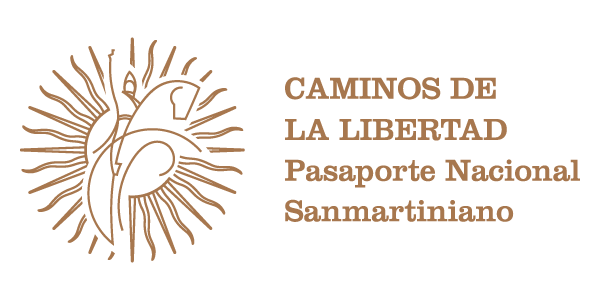In the north of the province of San Juan, 157 km from the capital city and 1.296 km from the city of Buenos Aires, at kilometer 324 of the mythical Route 40, is a wise and simple land where history, culture, traditions -ancestral and folkloric- coexist in beautiful natural settings. With a past as a historical and agricultural town and a present of tradition and adventures to discover, Jachal offers the Route of the Flour Mills, the beautiful landscapes of Cuesta de Huaco, and the Natural Protected Area called La Ciénaga.
Authentic works of human engineering, the Flour Mills of Jachal, built in the 19th century, speak of the agricultural past of the region and tell how the Jachal culture was forged: effort, ongoing work, and much passion, to sow the arid fields and cultivate the wheat with which the daily bread would be made. The Flour Mills, the García (O del Alto), de Reyes, de Huaco (O Dojorti) and de Sardiña (or de Santa Teresa), were declared a National Historical Monument in 2000, although only de Huaco and Molino del Alto mills are open to visitors. These mills are cultural heritage not only for their contribution to the regional economy but also for the architectural details of their buildings and the perfect mechanisms -based on the strength of the water of the rivers in Jachal.
The La Ciénaga Protected Area, 25 km north of the town of Jachal, and 10 km from the town of Huaco, is a must-see since its 9.600 hectares include traces of the history of the Earth, in addition to beautiful landscapes and the most diverse birds, which is why the followers of birwatching consider it a true 'sanctuary'. Its cultural, natural and paleontological richness and the value of its geological formations, similar to those of the Ischigualasto Provincial Park, were decisive for the declaration in 2005 of it as a Protected Natural Area. It is a relevant site for geotourism - and therefore known among the professionals of the activity as an 'open sky classroom' -, it is explored on foot, through marked trails, and/or by mountain bike.




